Slash Sofa by Adrien Rovero for Campeggi
If you’ve seen the movie Pane e tulipani, then you’re aware of how many Europeans take advantage of space, finding niches for almost everything, inventing multi-purpose furnishings, and generally thinking outside the box. In the film, a suburban mother who is traveling with her family in a tour group is mistakenly left behind by the bus. Instead of returning home, she decides to visit Venice, where she can’t find a hotel, a situation that leads her to stay the night in the apartment of Fernando, an Icelandic waiter.
Slash Sofa. Designed by Adrien Rovero for Campeggi.
At said Venetian pad, our heroine Rosalba is invited to sleep on a tiny red leather sofa (though sofa makes it sound a lot more generous than its actual proportions). Viewers wonder how she will fold herself into the narrow piece of furniture. Then we are relieved when, in the next scene, the red couch is miraculously transformed into an open, flat mattress. It is not an Italian form of legerdemain but rather an ingenious bit of engineering. As it turns out, the Italians aren’t the only ones who know how to make a good sleepaway bed.
Call it what you will–convertible, hide-a-way, couch-bed–but this ever practical object transforms from a place to sit to a place to sleep. Lovely in theory, yes; often painful in reality. Not for the inventive Swiss industrial designer Adrien Rovero, whose //Slash Sofa for Campeggi uses upholstered blocks to accommodate the needs of the human form: “The idea of //Slash comes from the quick and visible transformation of a sofa into a bed inspired by the foldable simple mattress. From this known foldable principle, the concept is push to the extreme in term of comfort and uses by including slats.” The result is both a comfortable couch and a comfortable bed, both of which look great because of the unique thin pieces of upholstery. Rovero is an ideal choice to fabricate such a metamorphosis, since his “work is based on an precise observation of elementary needs.” Examine //Slash Sofa at Milan Design Week 2010. Should you get trapped in the exhibition hall after hours, you’ll thank the design gods for Swedish ingenuity.
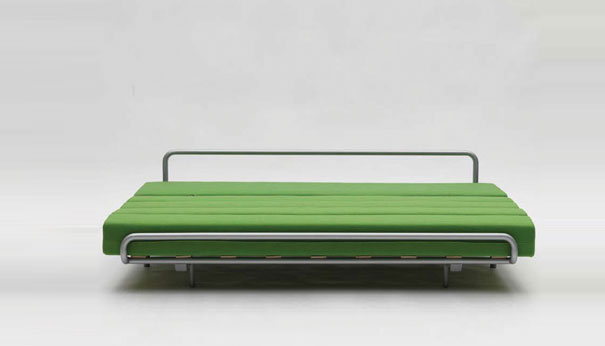
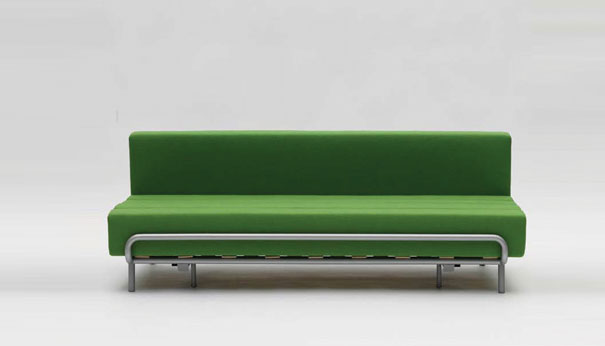
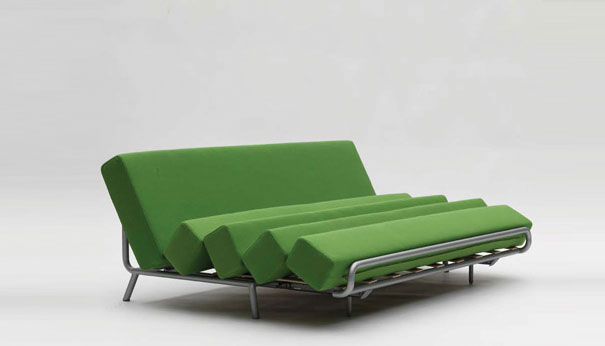
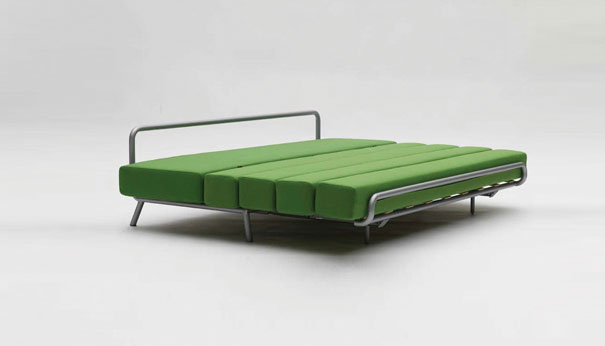

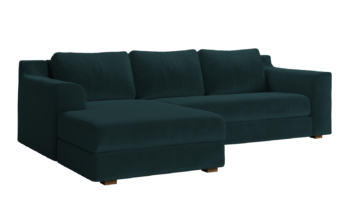


Leave a Reply